Sharing Research Experiences: The CARIAA Ghana example
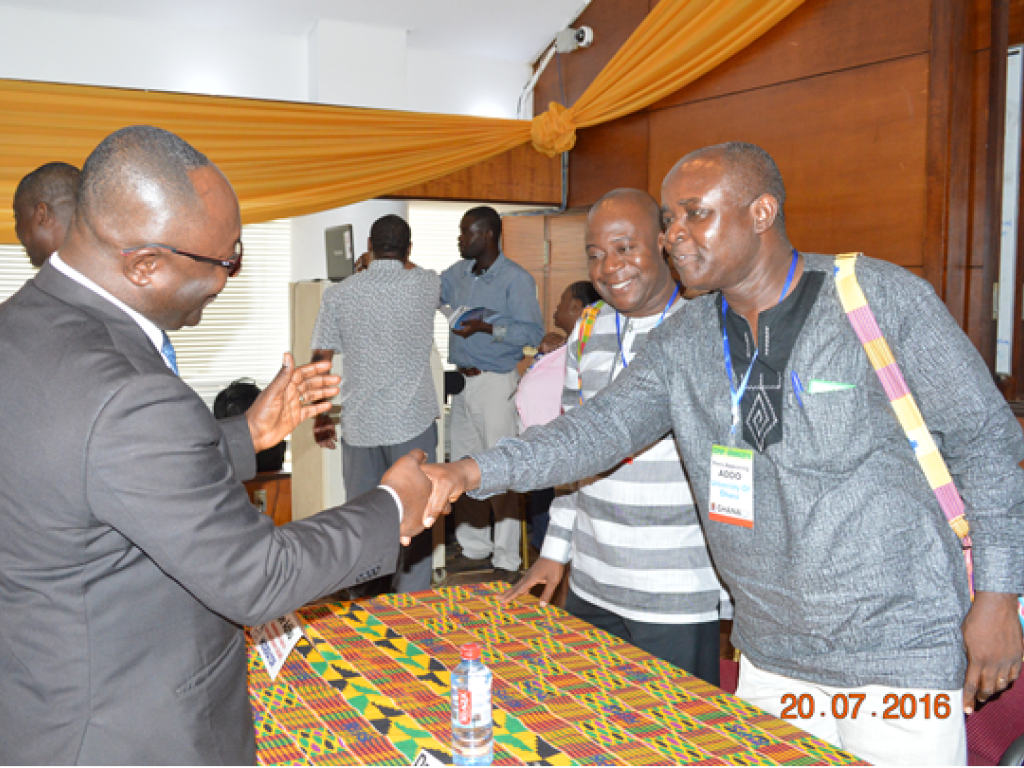
By Prosper Adiku
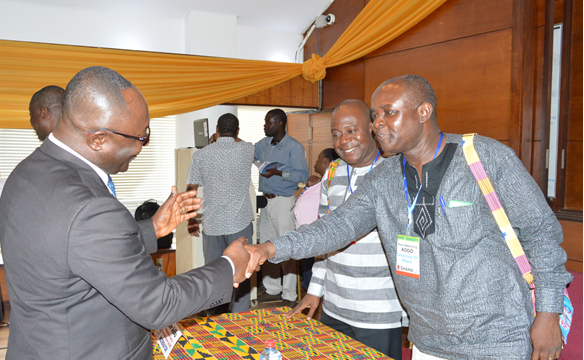
Professor E. Nyarko interacting with Prof Appeaning-Addo after the panel discussion, with Prof. Codjoe (Director of RIPS, CO-PI DECCMA) smiles on in the background
Research into Use (RiU) is a key aspect of the CARIAA Theory of Change (ToC), and encompasses both engagements through the project's life span and the dissemination of research products. The main aim of RiU is to influence changes in development, adaptation policy and practice. The CARIAA Ghana projects 'Adaptation at Scale in Semi-Arid Regions' (ASSAR) and 'Deltas, ulnerability, Climate Change: Migration and Adaptation' (DECCMA) took the opportunity to share their RiU experiences at the Climate Change and Population Conference on Africa (CCPOP Ghana2016) as part of their research activities.
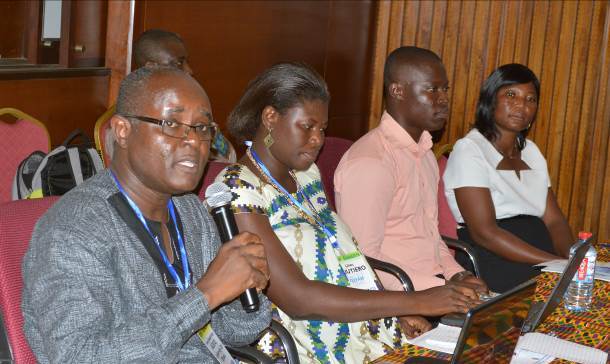
The annual CCPOP, organized by the Regional Institute of Population Studies of the University of Ghana, is a trans-disciplinary conference that brings together scientists from all over the world in a bid to promote lessons on the best scientific practices with potential development impacts in Africa.
With the theme “Building Bridges and Research into-Use”, this year’s Conference focused on RiU, policy frameworks and intervention projects that have made a difference in climate change mitigation or adaptation efforts.
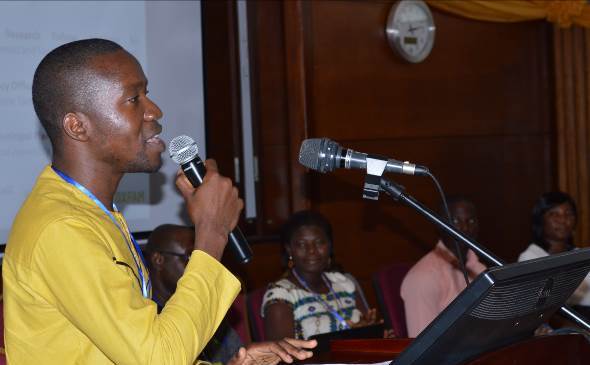
The conference attracted participants from policy, research, national institutions and academia. The panel comprised over 50 participants from diverse backgrounds and included the Vice Chancellor of the Regional Maritime University and a former head of the Department of Marine and Fisheries Sciences of the University of Ghana, Professor E. Nyarko.
The Oxfam Ghana (Tamale) Advocacy Officer and the Deputy Municipal Officer of the Keta Municipality (who are respectively from the research areas of ASSAR and DECCMA) also shared their views on how to effectively partner with institutions and local communities to successfully execute projects. The discussions also showed practical examples of appropriate two-way collaboration between vulnerable communities and scientific research teams and highlighted effective tools for communicating climate change adaptation to local communities.
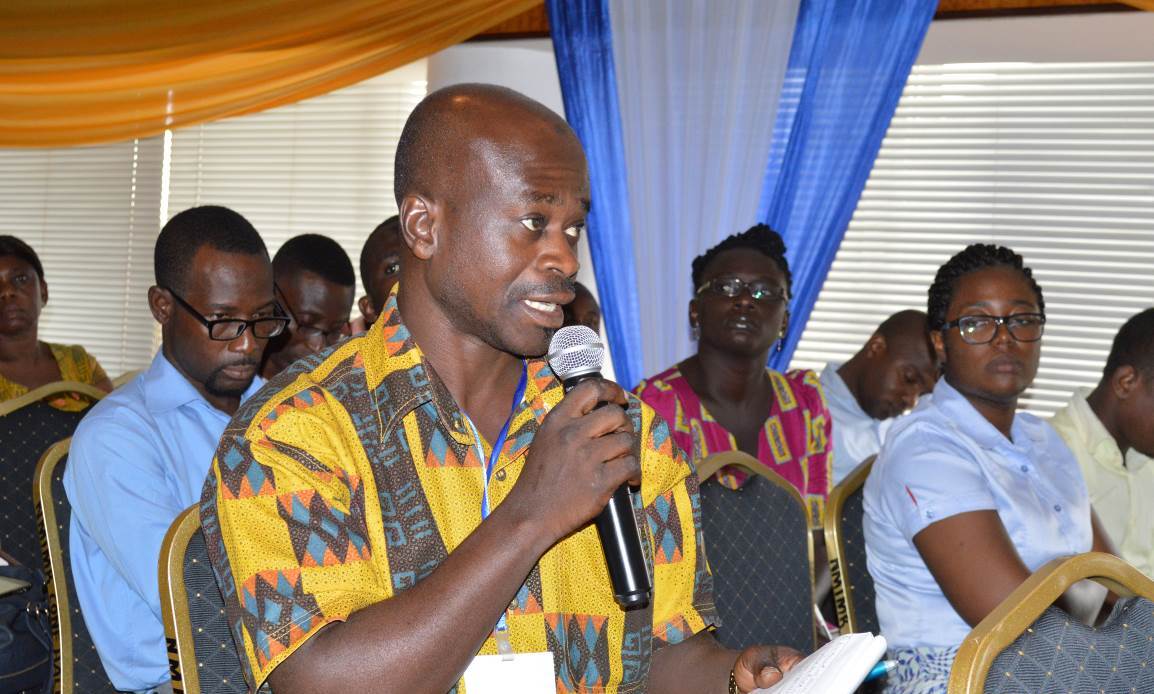
A participant asking a question during the discussions
Generally, the audience showed enthusiasm about the innovative attempt and willingness on the side of the CARIAA consortia to share information with other practitioners. The audience also emphasised the need for increased collaboration and a more holistic engagement between the researchers and non-governmental organisations working within the same communities.